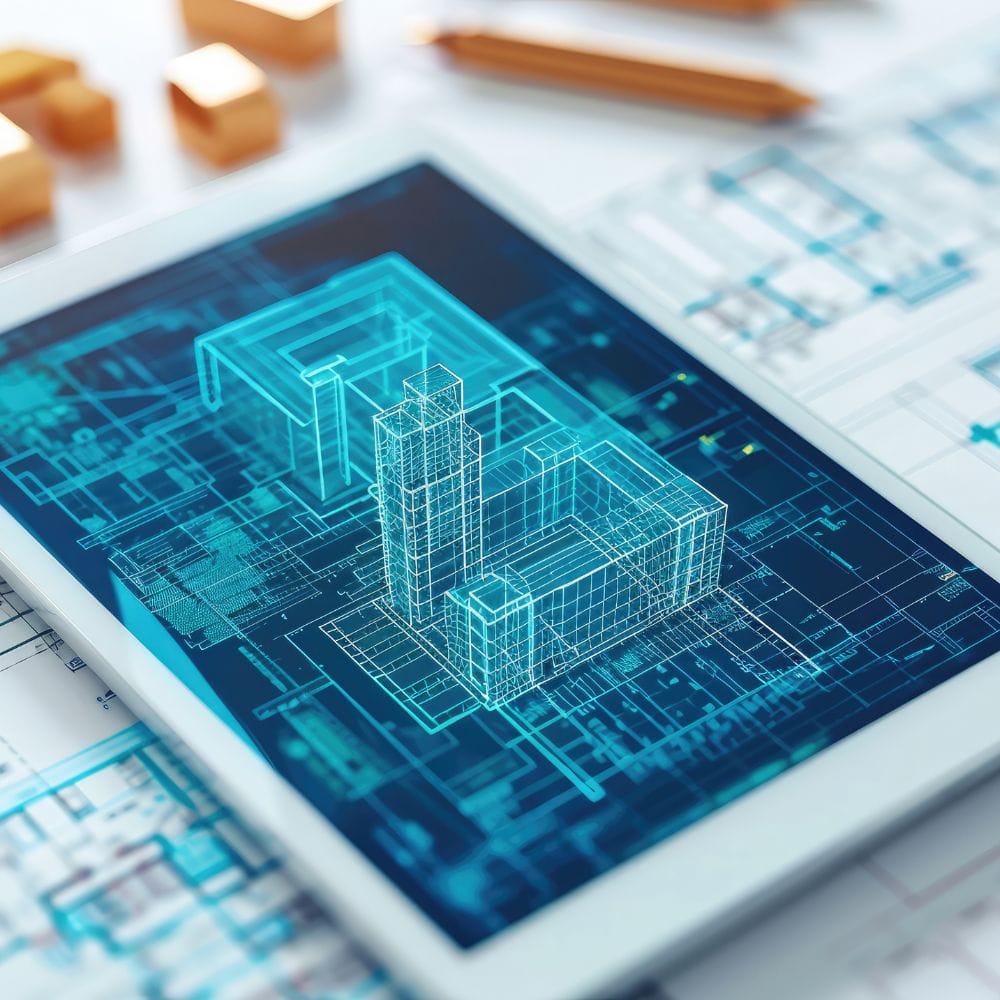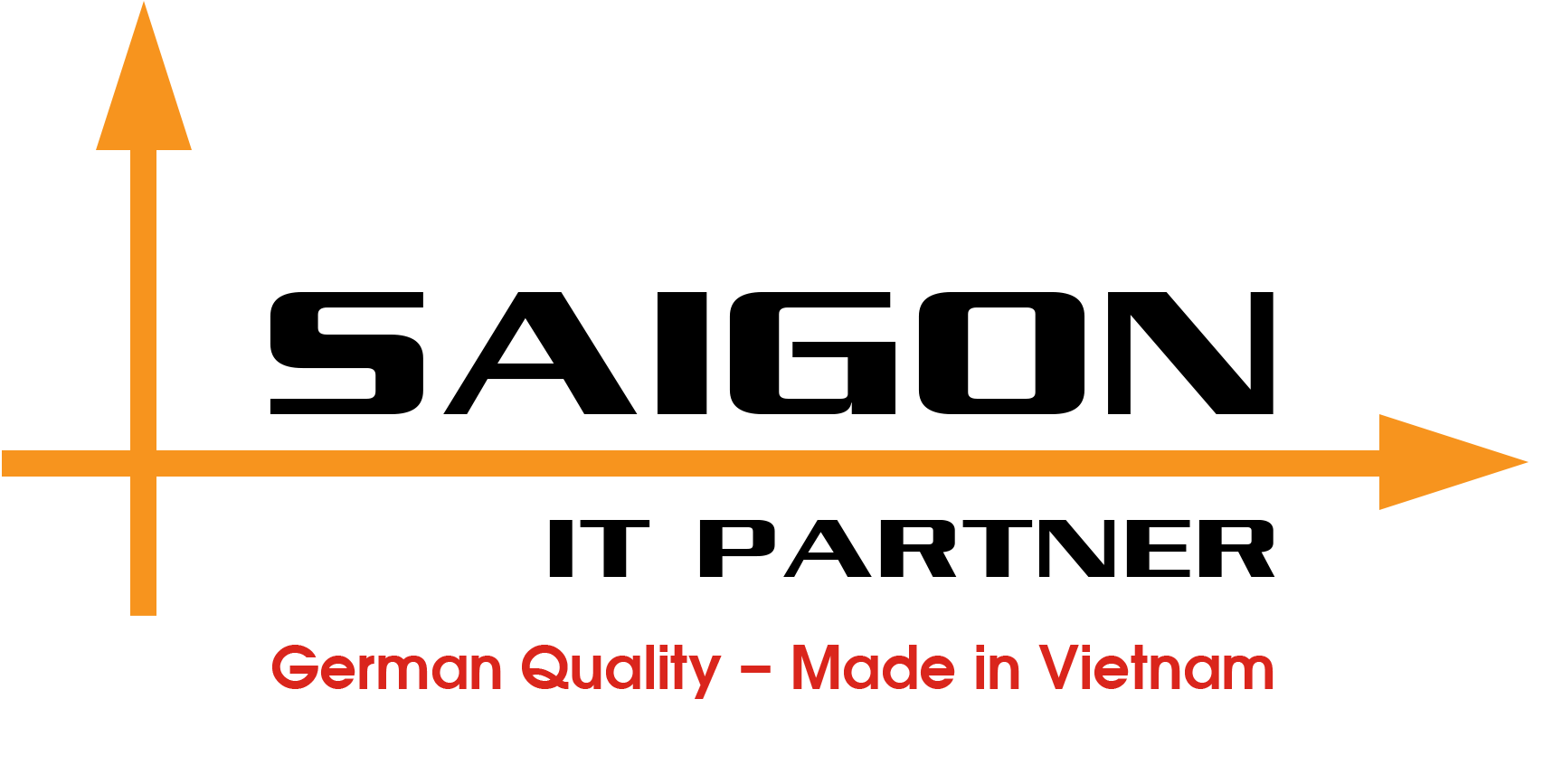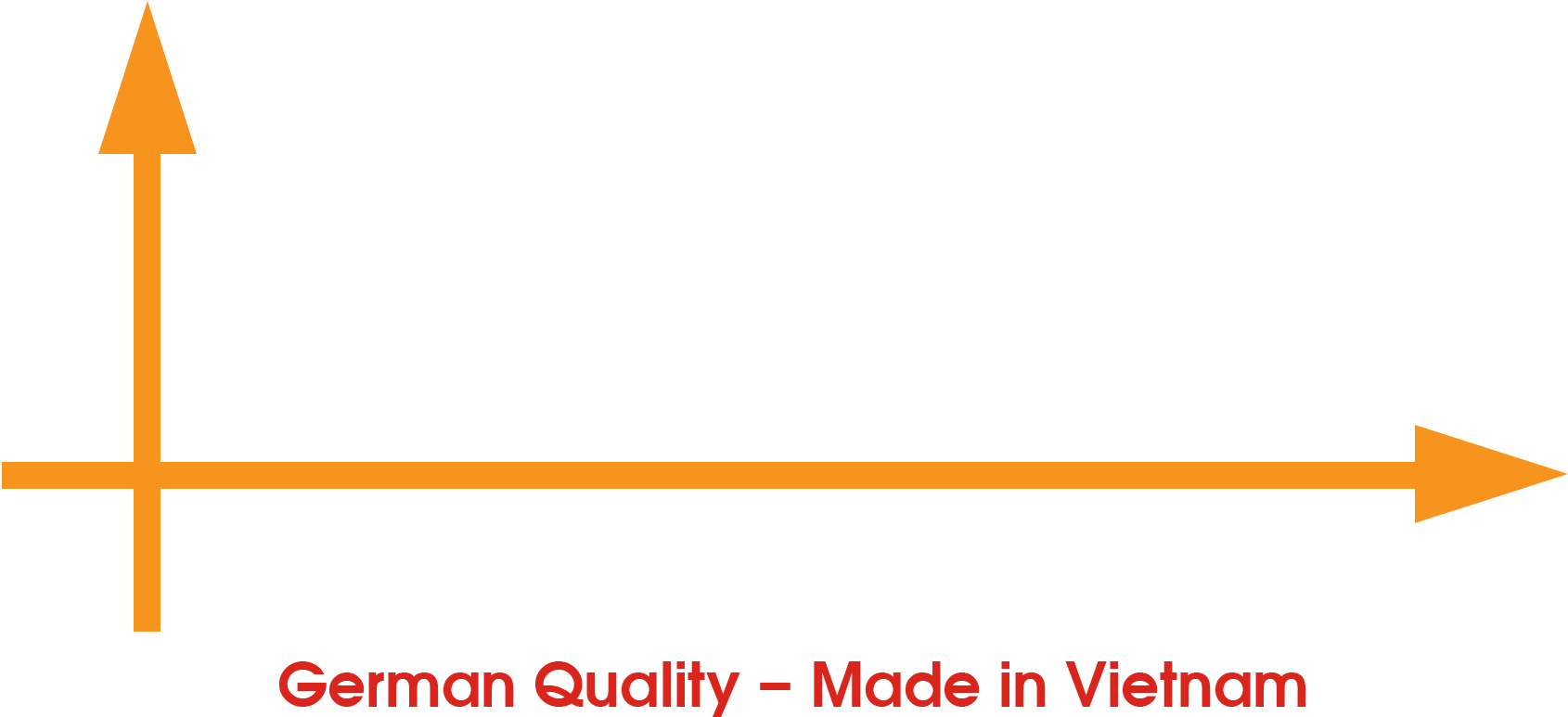Chapter 5: Deconstruction & Recycling – Sustainability Through a Digitally Driven Circular Economy
(Author: Dr.-Ing. Maximilian Bauer, BIM specialist & Head of Research, Technical University of Munich)
Deconstruction is not the end of a building’s life cycle, but the start of its next one. In this phase, Building Information Modeling (BIM) unlocks circular value creation—from precision dismantling plans to the direct reuse of individual components. Drawing on projects in Bavaria and Baden-Württemberg, this chapter illustrates how digital models cut waste, save resources and even protect cultural heritage.
Material Register – The Digital Resource Passport
A material register records every installed element—from steel beams to insulation—together with key data such as CO₂ footprint, recyclability, supplier details and health risks.
Baden-Württemberg (Filstal Bridge): A BIM-based passport tracks more than 12 000 t of concrete and 1 800 t of steel. QR codes on each component feed origin, composites and reuse options into the model, while an algorithm calculates a current “circularity rate” of 68%.
Bavaria (Allgäu Bridges): The state road authority’s new “raw-material register” catalogs historical stones (e.g., 19th-century granite), enabling block reuse on projects such as the B2 upgrade near Berchtesgaden.
Yet 45% of dismantling firms in Baden-Württemberg still receive as-built information as static PDFs instead of 3D models. The Scan2BIM+ project (KIT & TUM) fills gaps via AI-based re-modeling, reconstructing missing data from old drawings and photos—as proven in the renovation of the Ulm Fortress.

Dismantling Planning – Precision by Simulation
Traditional demolition often resembles “blind” destruction. BIM-driven 4D simulations optimize sequences, cutting risk and cost.
Gauchachtal Bridge (A81, BW): Simulation of the 85 m piers exposed hidden stress zones and shortened demolition by 30%.
Munich-Riem Airport (BY): Drones track progress while the BIM model steers demolition robots in real time; dust sensors auto-activate extractors.
AI Breakthrough 2024 (KIT Karlsruhe): A new algorithm generates sequences that factor in material value, safety and logistics—delivering a 22% cost reduction at Stuttgart’s City Archive.
Recyclability – From Waste to Asset
BIM now serves as a trading platform for secondary raw materials. The “Circular Building” guideline in Baden-Württemberg sets BIM criteria:
Recycling Score: 0-100% rating per DIN EN 15804.
Marketplace Links: Passports auto-export to platforms like Madaster or Concular.
At Stuttgart Central Station, 500 removed steel beams are flagged “available,” helping a start-up match them with local buyers. In Bavaria, the TUM deploys blockchain tracking at the Allianz Arena: every concrete block gets a digital certificate, boosting the recycling rate to 81%.
Hazardous-Substance Management – Digital Risk Control
Asbestos, PCB, tar: invisible dangers demand precise documentation.
Stuttgart Central Station (BW): Hazard layers are restricted to certified experts; drones with multispectral cameras trigger real-time alarms on air-quality breaches.
Munich North Cemetery (BY): Encrypted, audit-proof storage of toxin data prevented historic arsenic findings from leaking.
Nevertheless, 68% of firms in BW still use Excel lists; a 2023 chemical-plant teardown in Ludwigshafen released PCB due to missing BIM data.
Life-Cycle Analysis – BIM as Environmental Accountant
Comprehensive Life-Cycle Assessments (LCA) quantify impacts from construction to demolition.
Filstal Bridge: The BIM model forecasts 100-year CO₂ emissions (currently 12 500 t), energy use and maintenance, and proposes design swaps (e.g., carbon concrete after 2045).
Isar Bridge, Bad Tölz (BY): With every bolt modeled, the Circularity Index hits 74%.
Legal & Technical Hurdles
Liability: The Munich Higher Regional Court (34 O 567/22, 2024) ruled that incomplete toxin data in a BIM model equals gross negligence.
Data Formats: Proprietary software hampers exchanges with recyclers; BW now mandates OpenBIM for public works.
Long-Term Archiving: Models must remain accessible for 30 years—no easy feat amid software obsolescence.
Outlook – BIM as Bridge to the Circular Economy
The future points to autonomous deconstruction systems:
Dismantling Cobots: KIT tests robots that separate composites via BIM data.
AI Material Exchanges: Platforms such as BIM2Market (Fraunhofer IAO) instantly match surplus components with new builds.
This chapter appears in the guide “BIM Management for the German Market.” Next issue: deeper data management with a focus on AI and interoperability.



